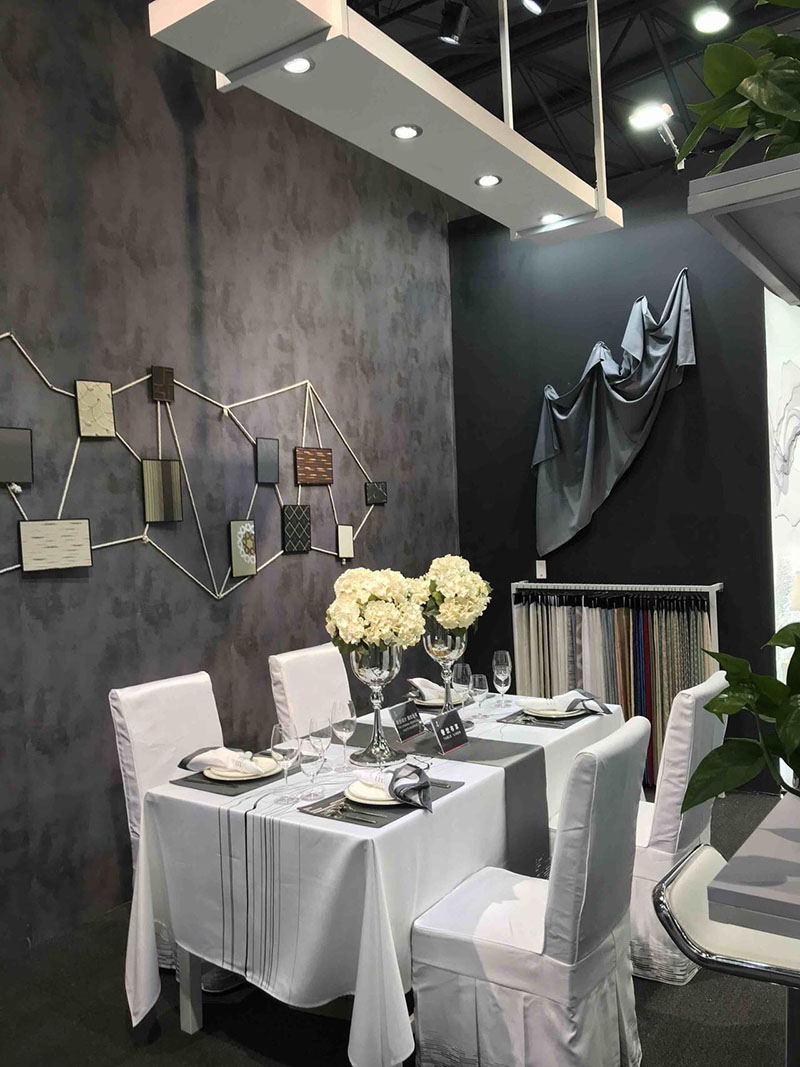Managing hotel linens can be a daunting task, but it is an important part of maintaining a comfortable and hygienic environment for guests. In this article, we will cover the basics of hotel linen management.

Choosing the Right Type of Linen
One of the first decisions to make for hotel linen management is identifying the appropriate type of linen to use. Most hotels will need bed sheets, pillowcases, duvets, comforters, and towels, among other items. The material of choice for hotel linens is usually a blend of cotton and polyester, as it is durable and easy to care for. Hotel sheets should be made of cotton with a thread count between 200 and 400 for a luxurious feel. Additionally, take into account the style, color, and design of the linen, as it should match the hotel’s decor and atmosphere.
Selecting High-Quality Linen
In addition to the type of linen, hoteliers need to pay attention to linen quality. Choosing high-quality linens has numerous benefits, including greater guest satisfaction, longer lifespan, and better return on investment. Some features to consider when selecting quality linens include softness, durability, and resistance to stains and shrinkage.



Linen Washing and Storing
Maintaining hotel linen cleanliness is a crucial aspect of successful hotel management. Dirty linen can negatively impact guest comfort and health, causing skin and respiratory problems. To keep linens clean, they need to be washed regularly, ideally daily, with hot water (60-70℃). Additionally, the right detergent and fabric softener should be used, and the right amount of product should be measured to avoid oversudsing or under-washing. Moreover, hotel linen needs to be dried properly, on a low heat setting, to prevent shrinkage. After washing, the linen needs to be stored in a clean, dry, and well-ventilated area, away from direct sunlight or humidity.
Linen Hygiene Inspection
Another essential aspect of hotel linen management is its hygiene inspection. A thorough inspection of linen must be conducted after washing and before putting it back on guests’ beds or into their bathrooms. This helps identify any stains, holes, or malodors that can adversely affect guests’ comfort. Any identified issues need to be addressed immediately, and necessary actions should be taken, such as washing, repairing, or discarding the linen.


Regular Linen Replacement
As with any product, hotel linen wears out over time and needs to be replaced regularly. The lifespan of hotel linen depends on usage frequency, washing frequency, and quality, but typically ranges between a year and two years. Signs that suggest linen needs to be replaced include yellowing, fraying, thinning, or discoloration.
In summary, proper management of hotel linens is crucial to maintain a clean and comfortable environment for guests.By following these guidelines, hotels can ensure their guests experience the best possible stay.







